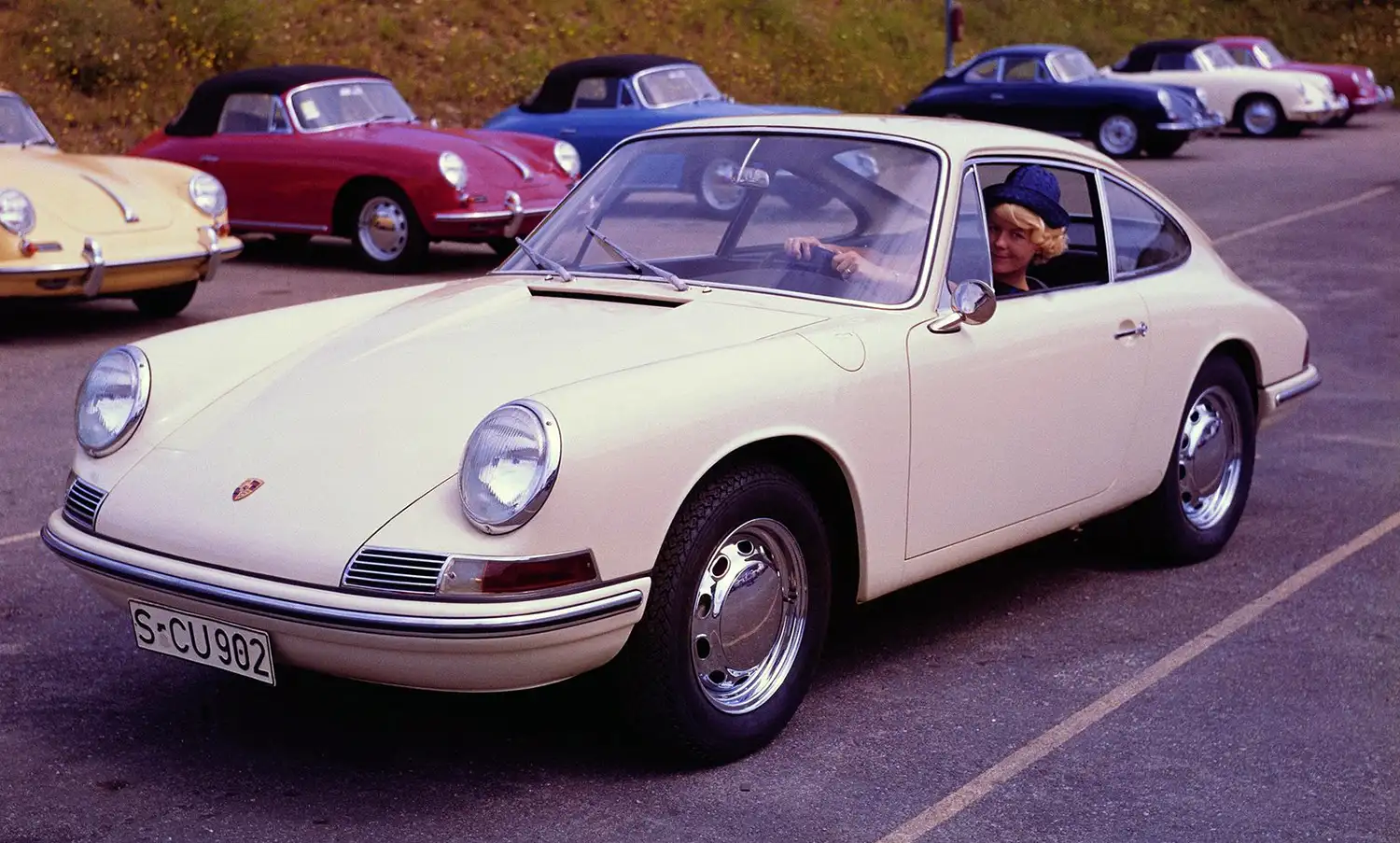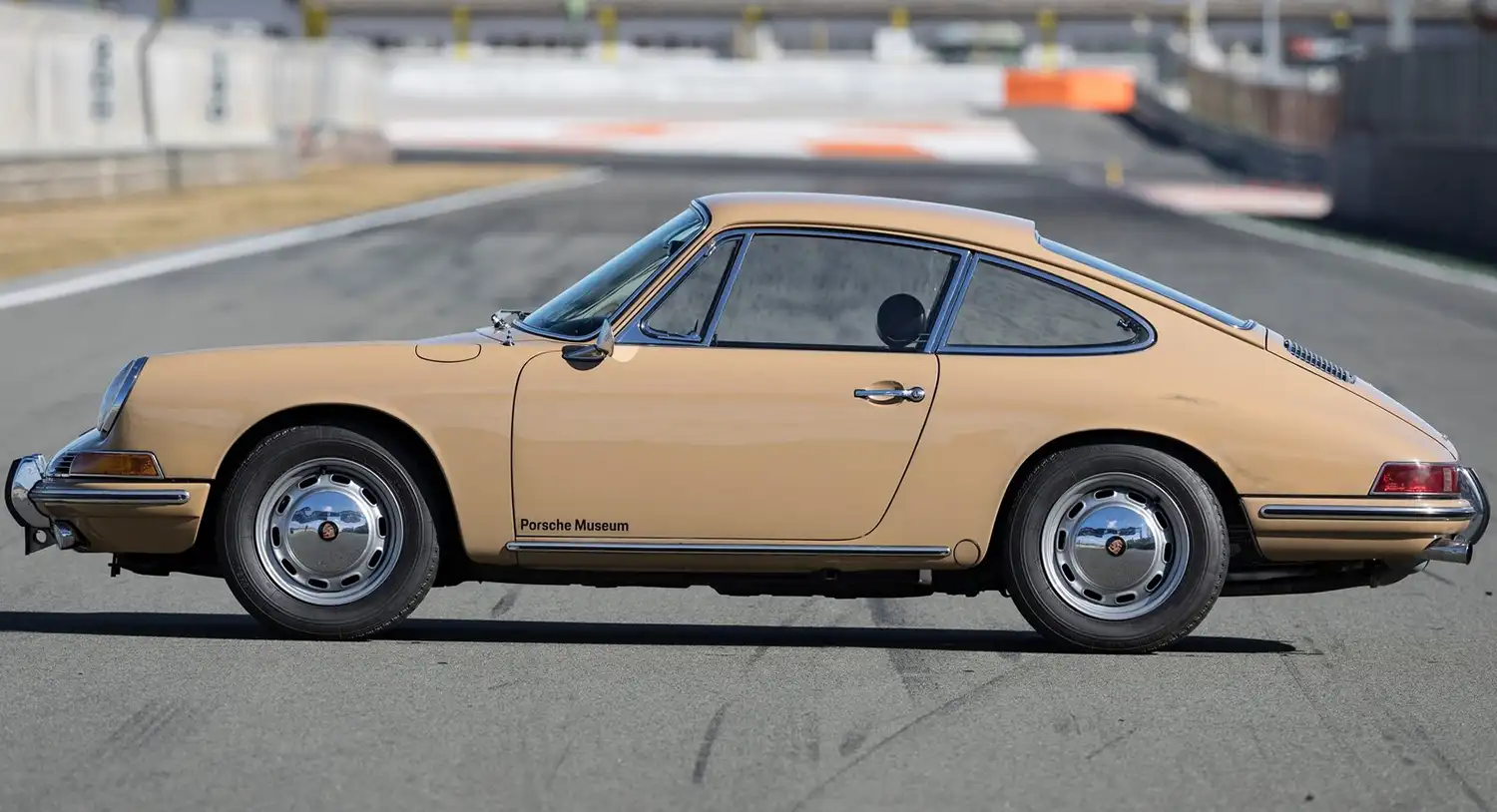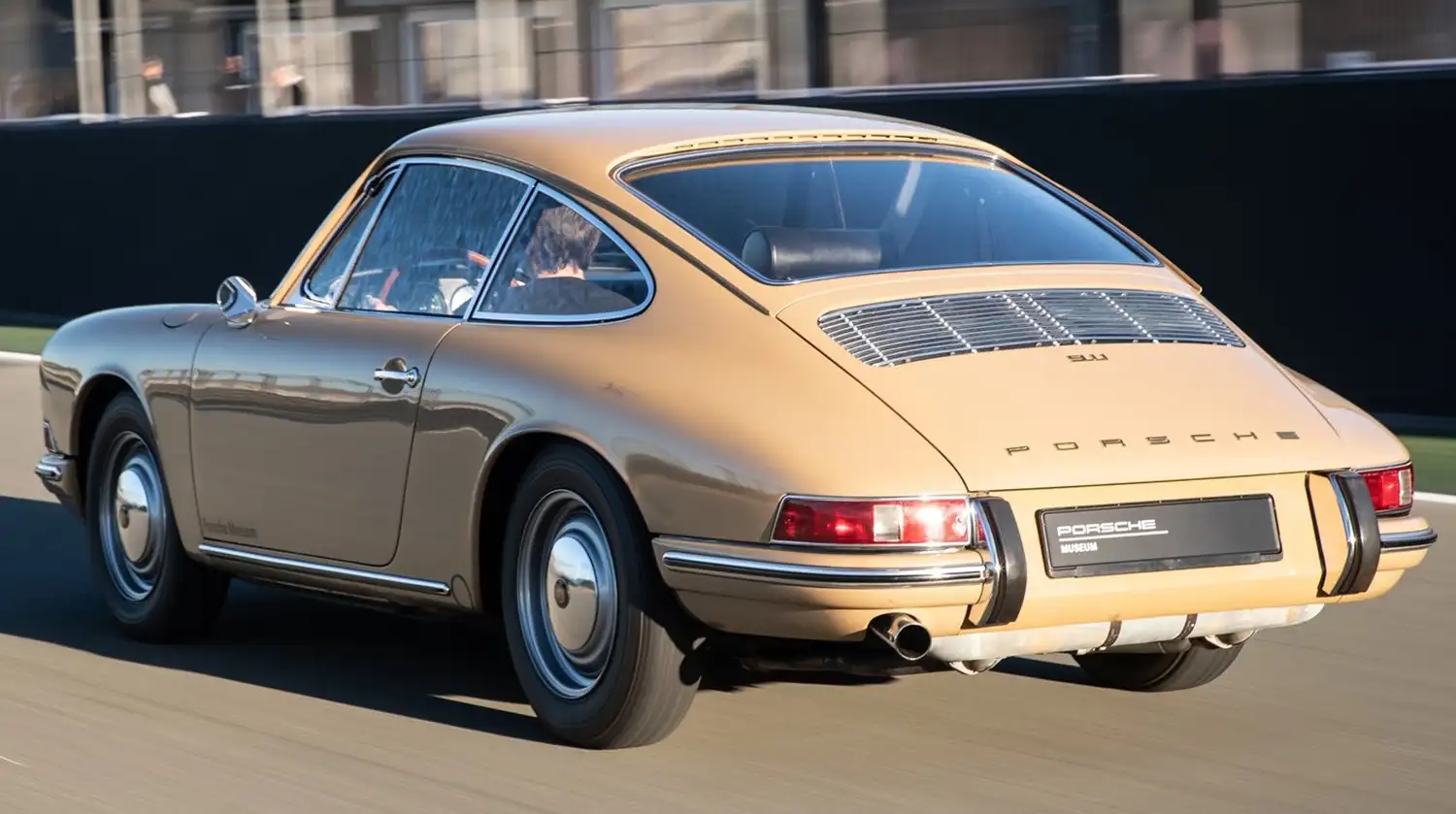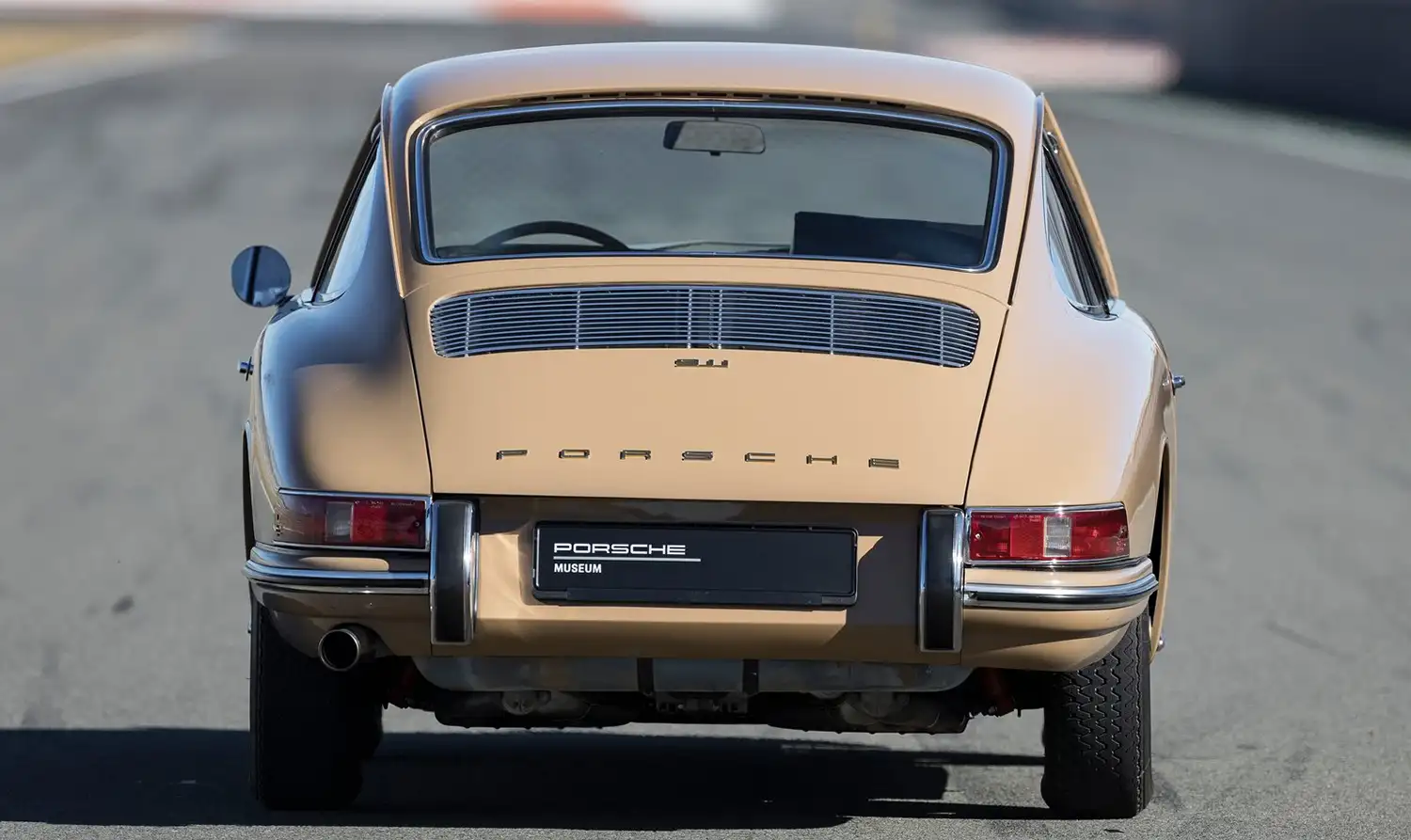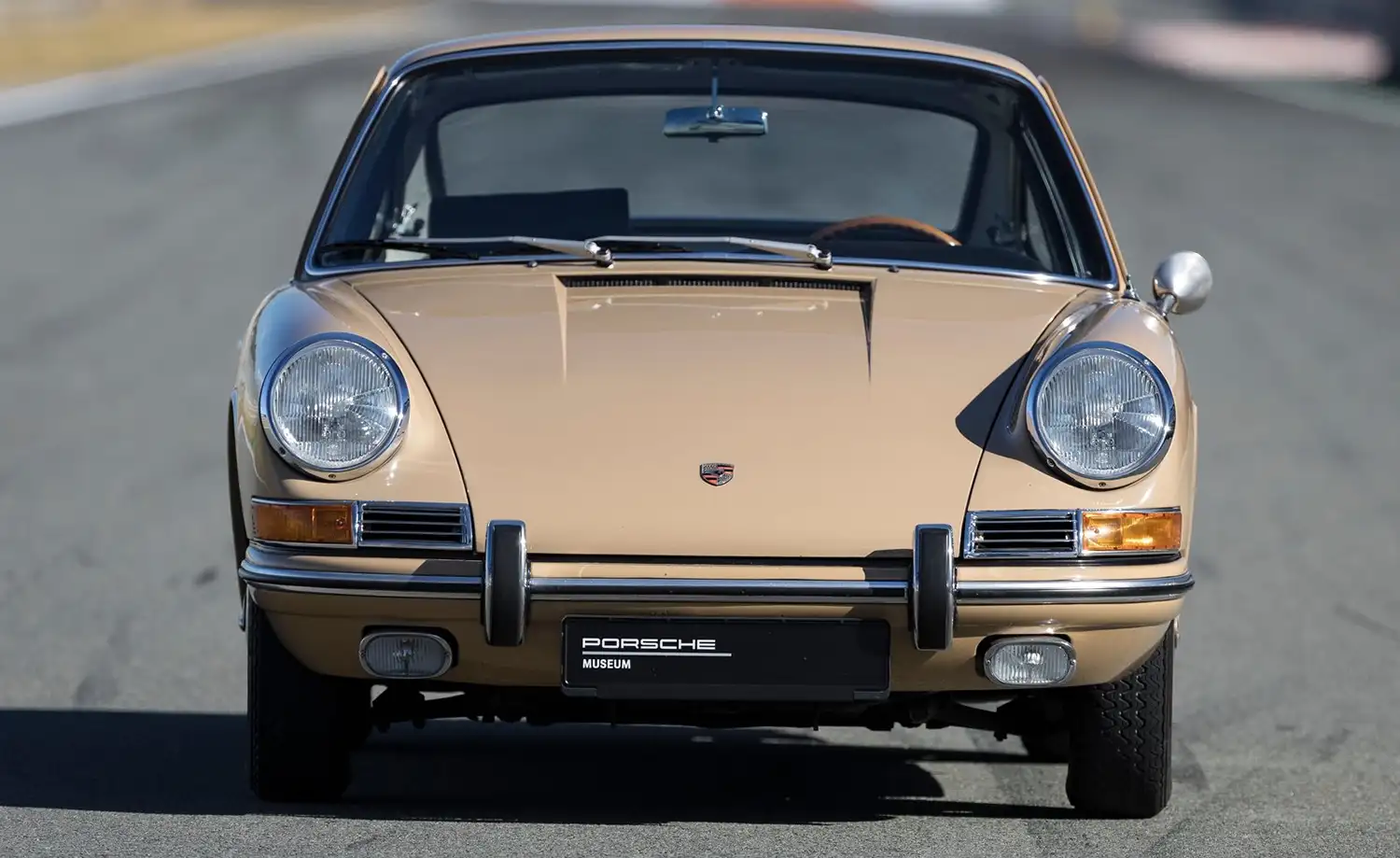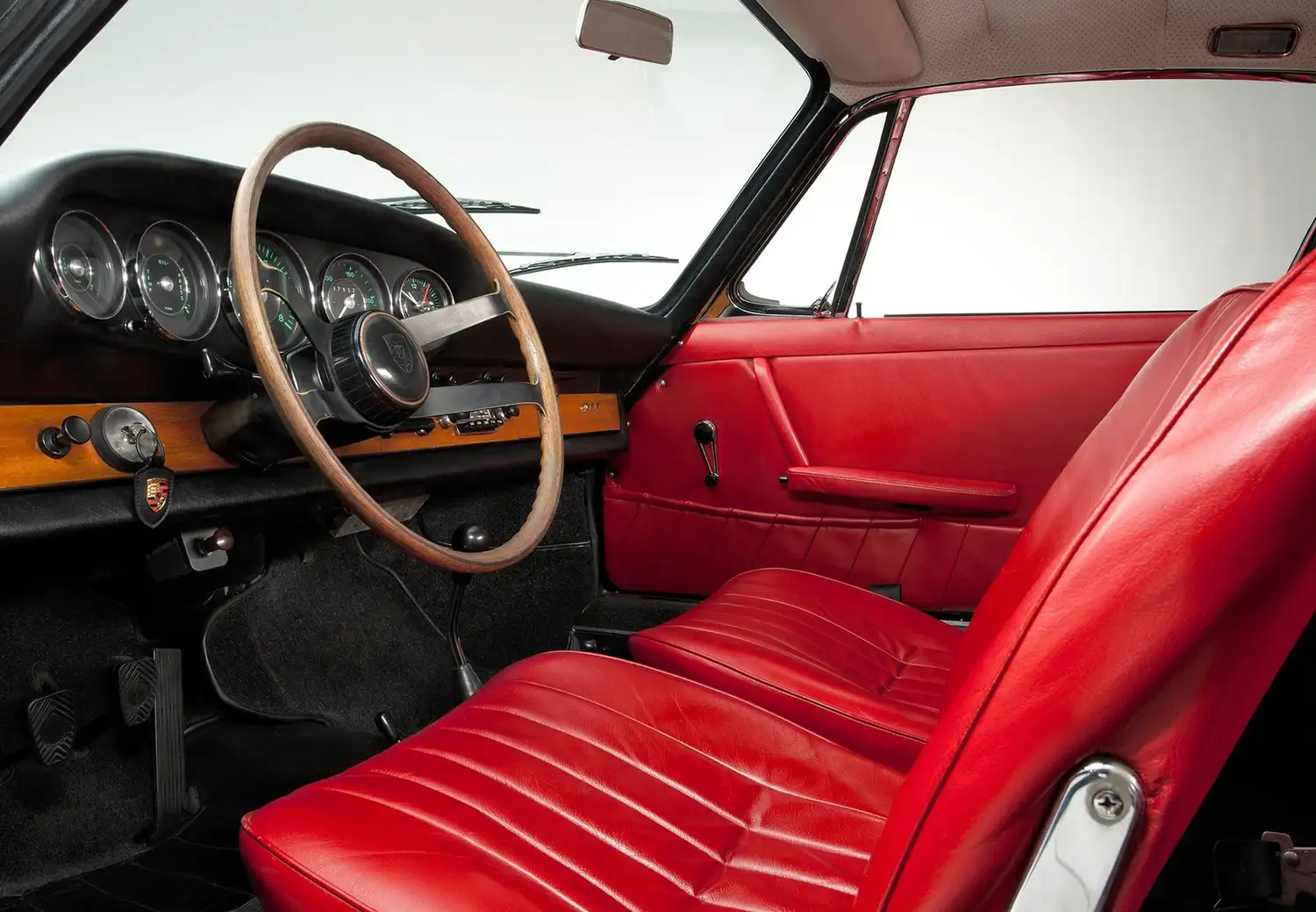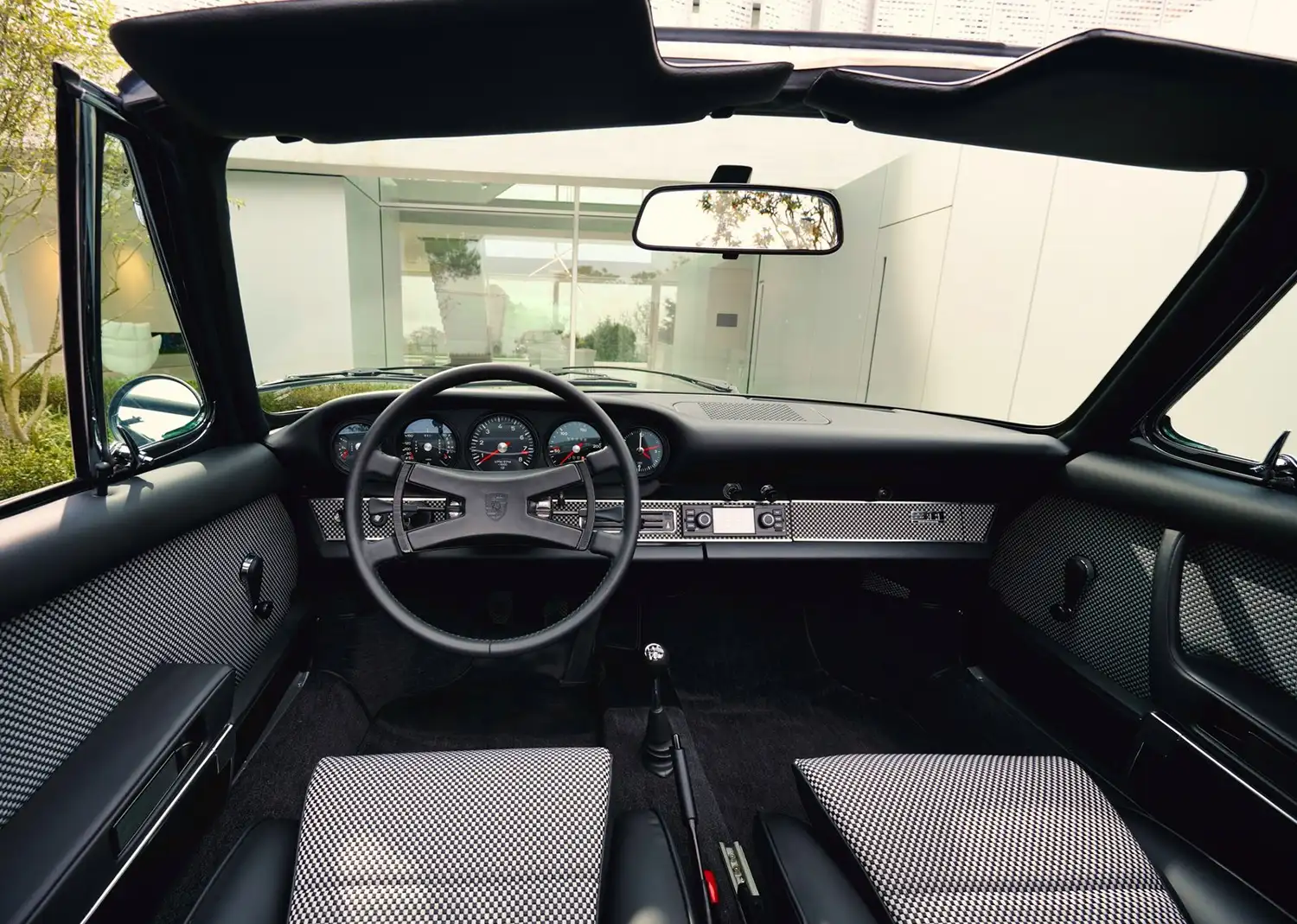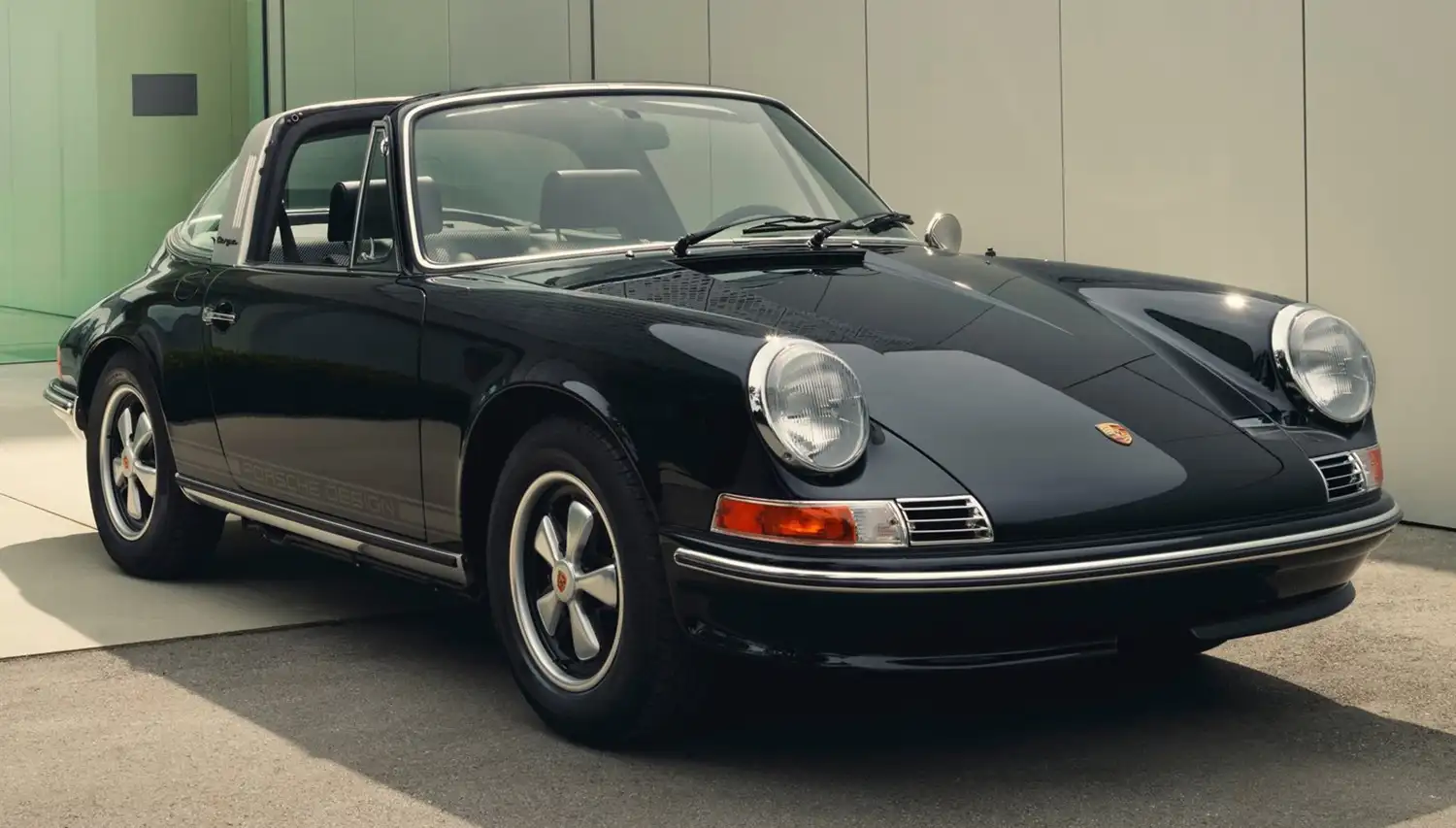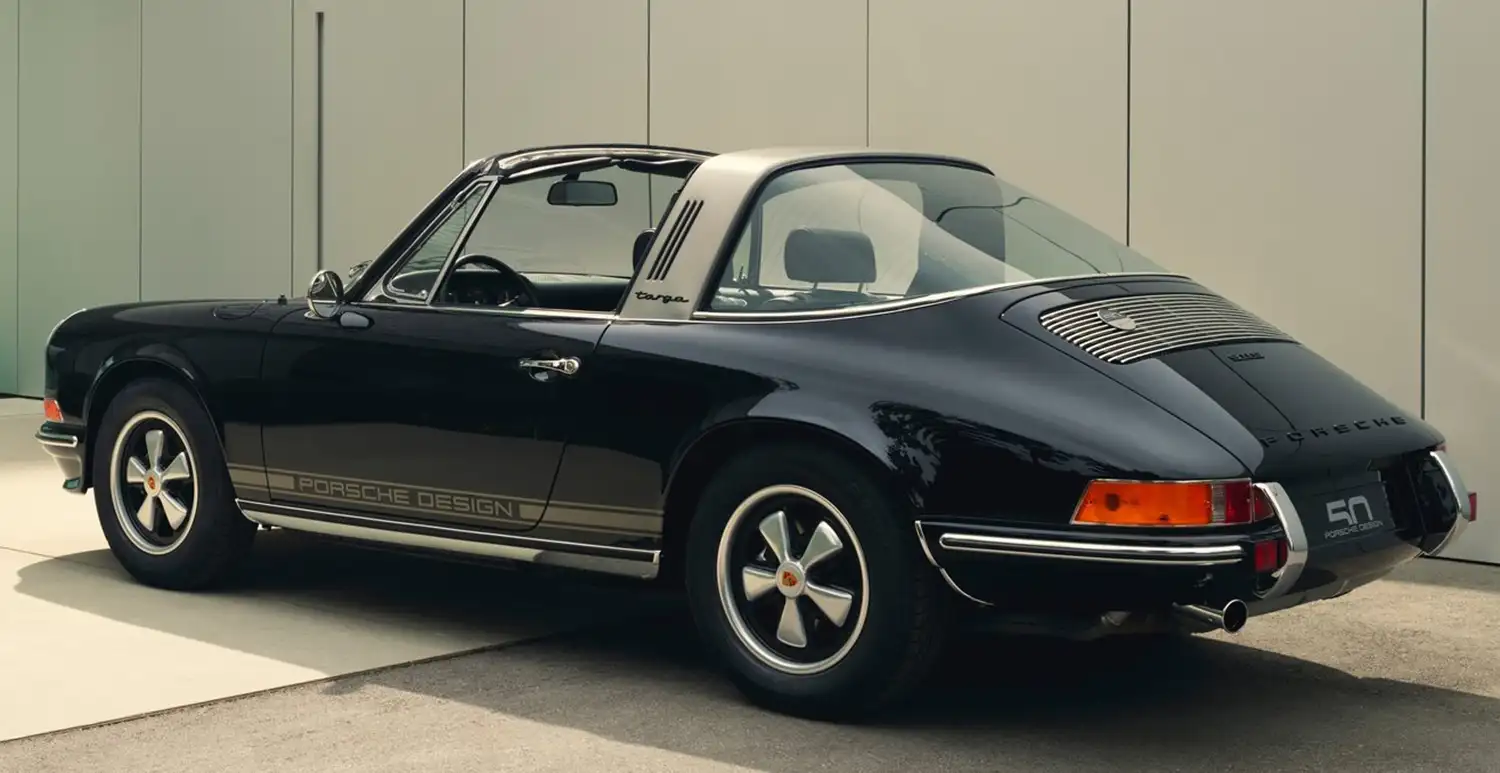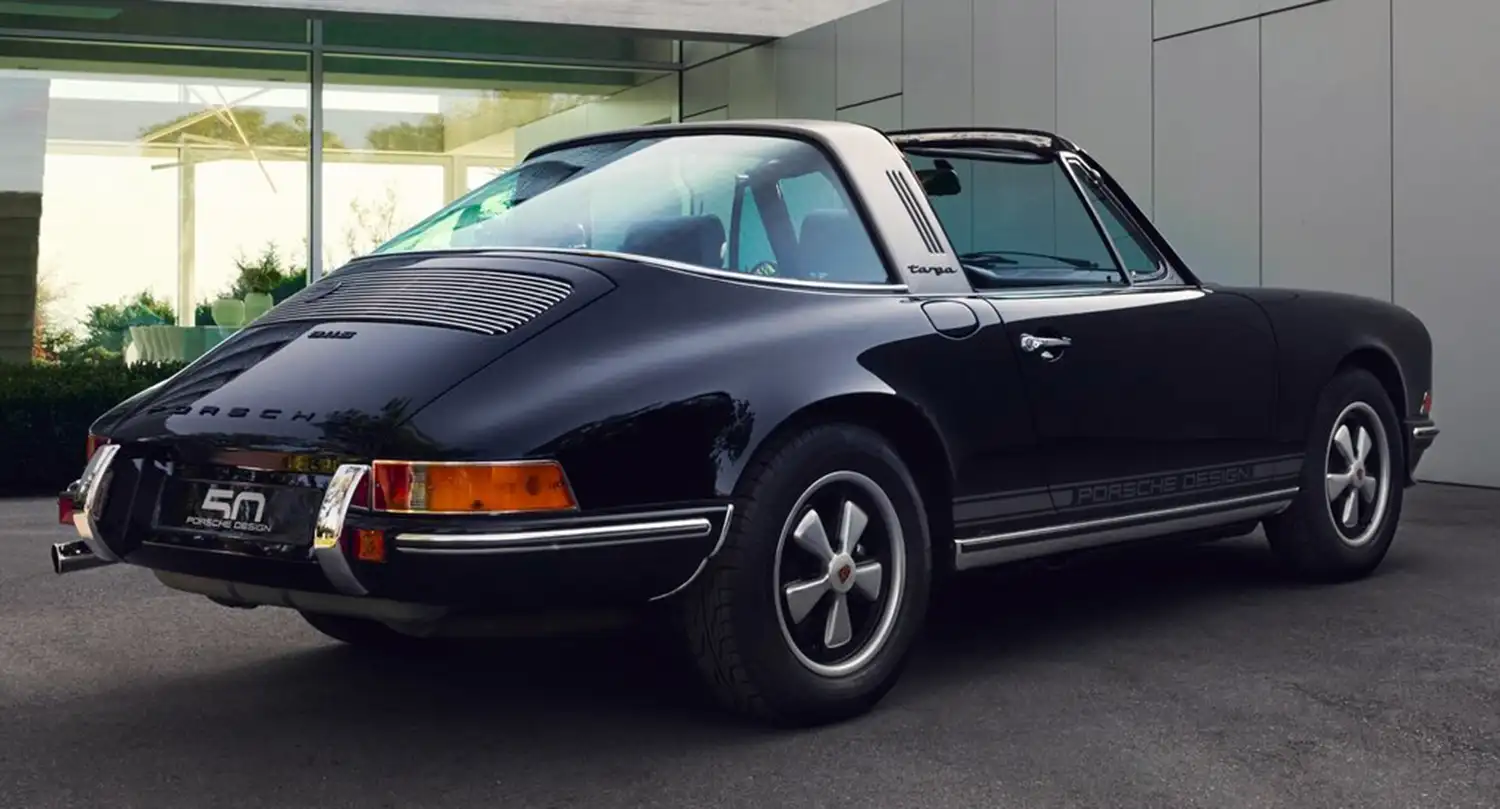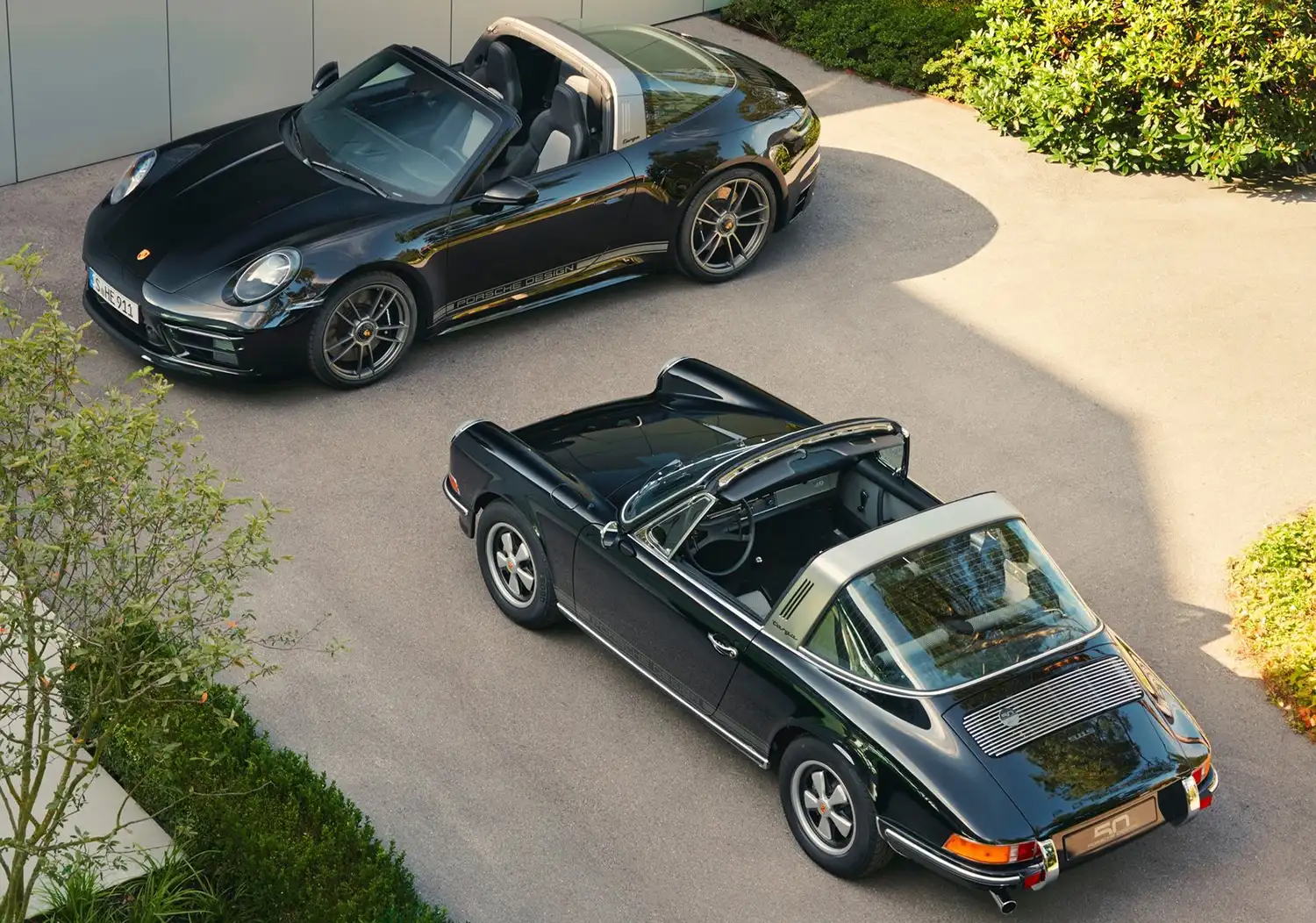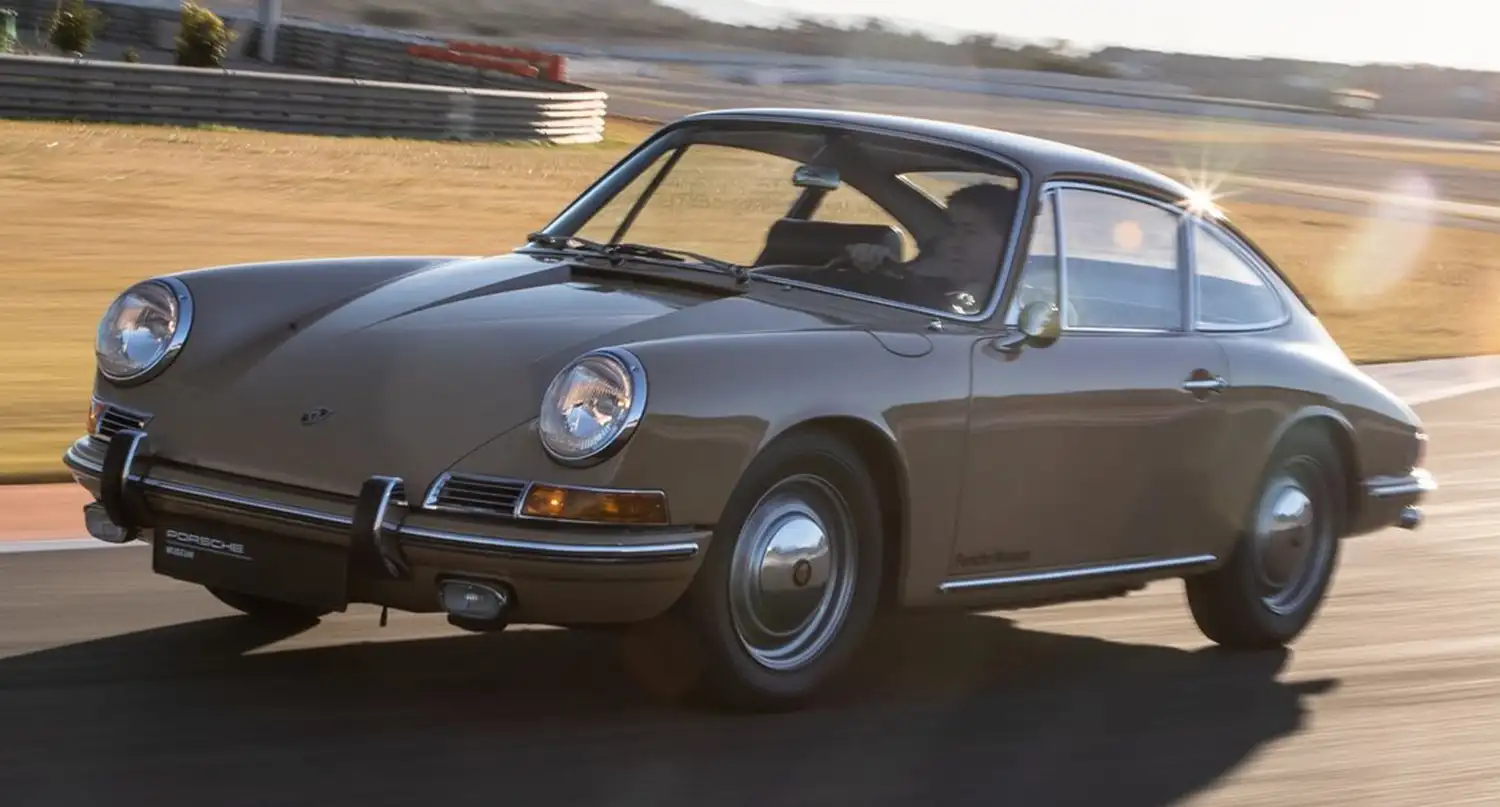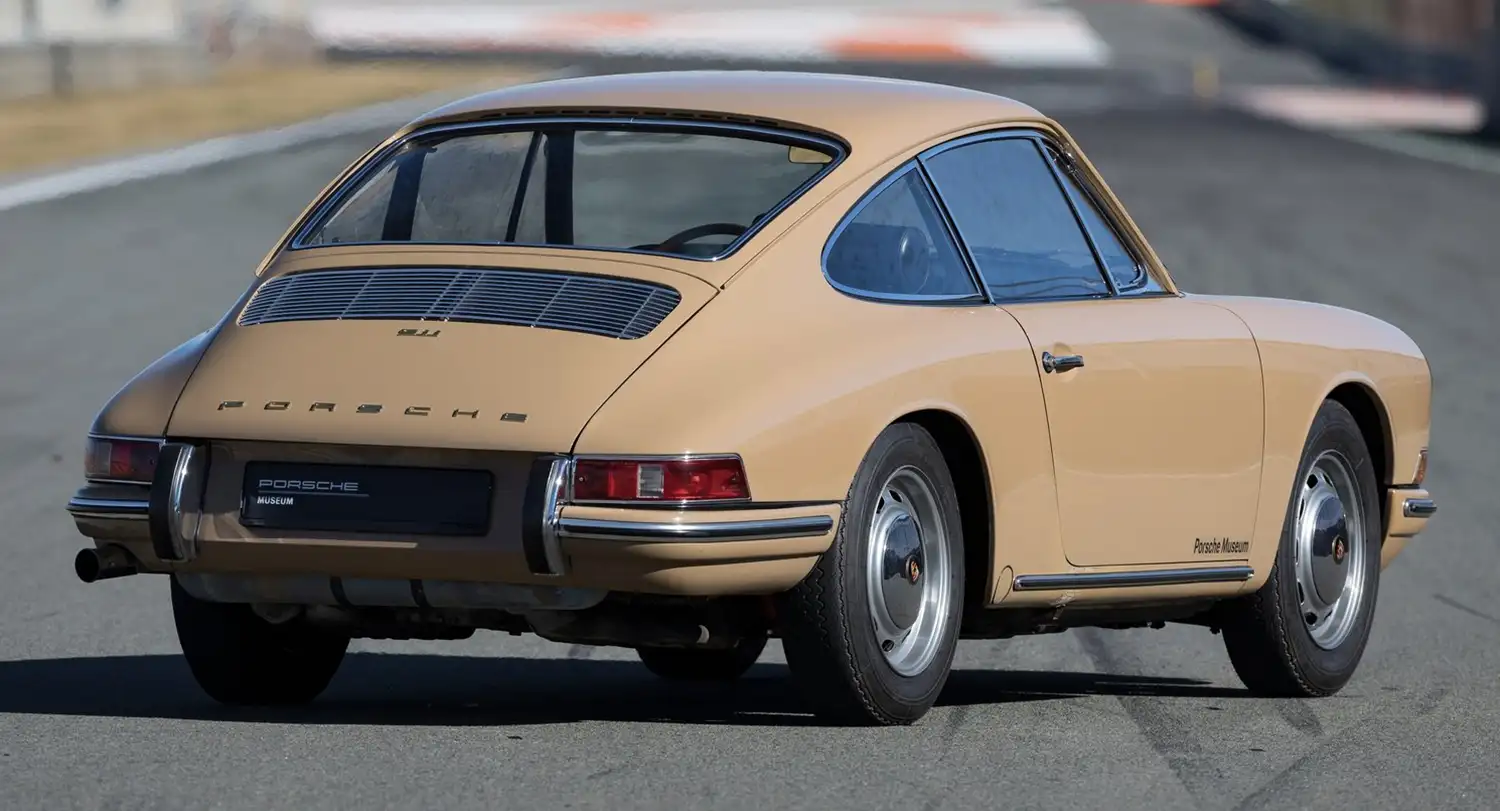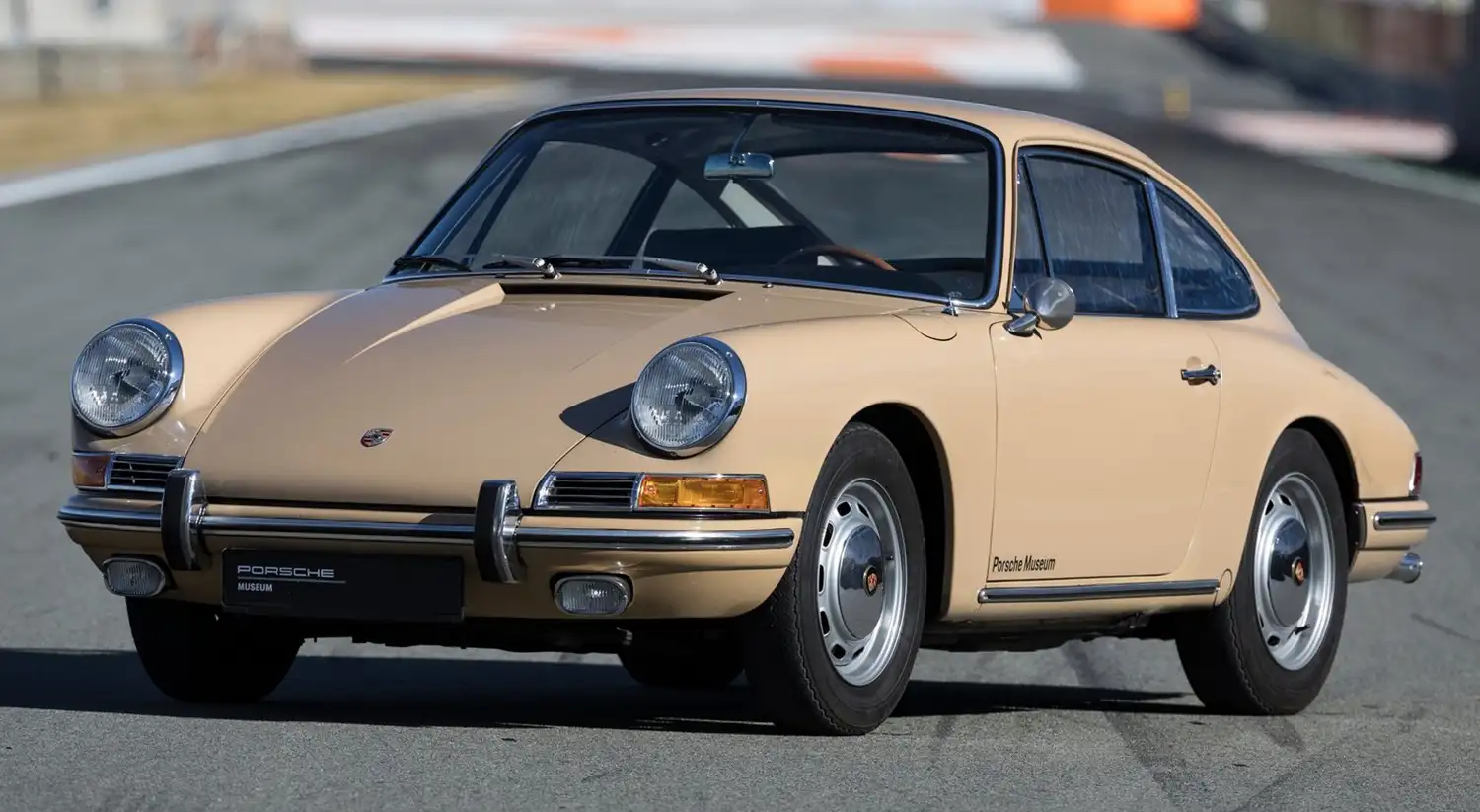
For five decades, the 911 has been the heart of the Porsche brand. Few other automobiles in the world can look back on such a long tradition and such continuity as the Porsche 911. It has been inspiring car enthusiasts the world over since its debut as the model 901 at the IAA International Automotive Show in September 1963. Today it is considered the quintessential sports car, the benchmark for all others. The 911 is also the central point of reference for all other Porsche series. From the Cayenne to the Panamera, every Porsche is the most sporting automobile in its category, and each one carries a piece of the 911 philosophy.
Almost 900,000 Porsche 911s have been built, making it the most successful sports car in the world. For each of its seven generations the engineers in Zuffenhausen and Weissach have reinvented it, time and time again demonstrating to the world the innovative power of the Porsche brand. Like no other vehicle, the 911 reconciles apparent contradictions such as sportiness and everyday practicality, tradition and innovation, exclusivity and social acceptance, design and functionality. It is no wonder that each generation has written its own personal success story. Ferry Porsche best described its unique qualities: “The 911 is the only car you could drive on an African safari or at Le Mans, to the theatre or through New York City traffic.”
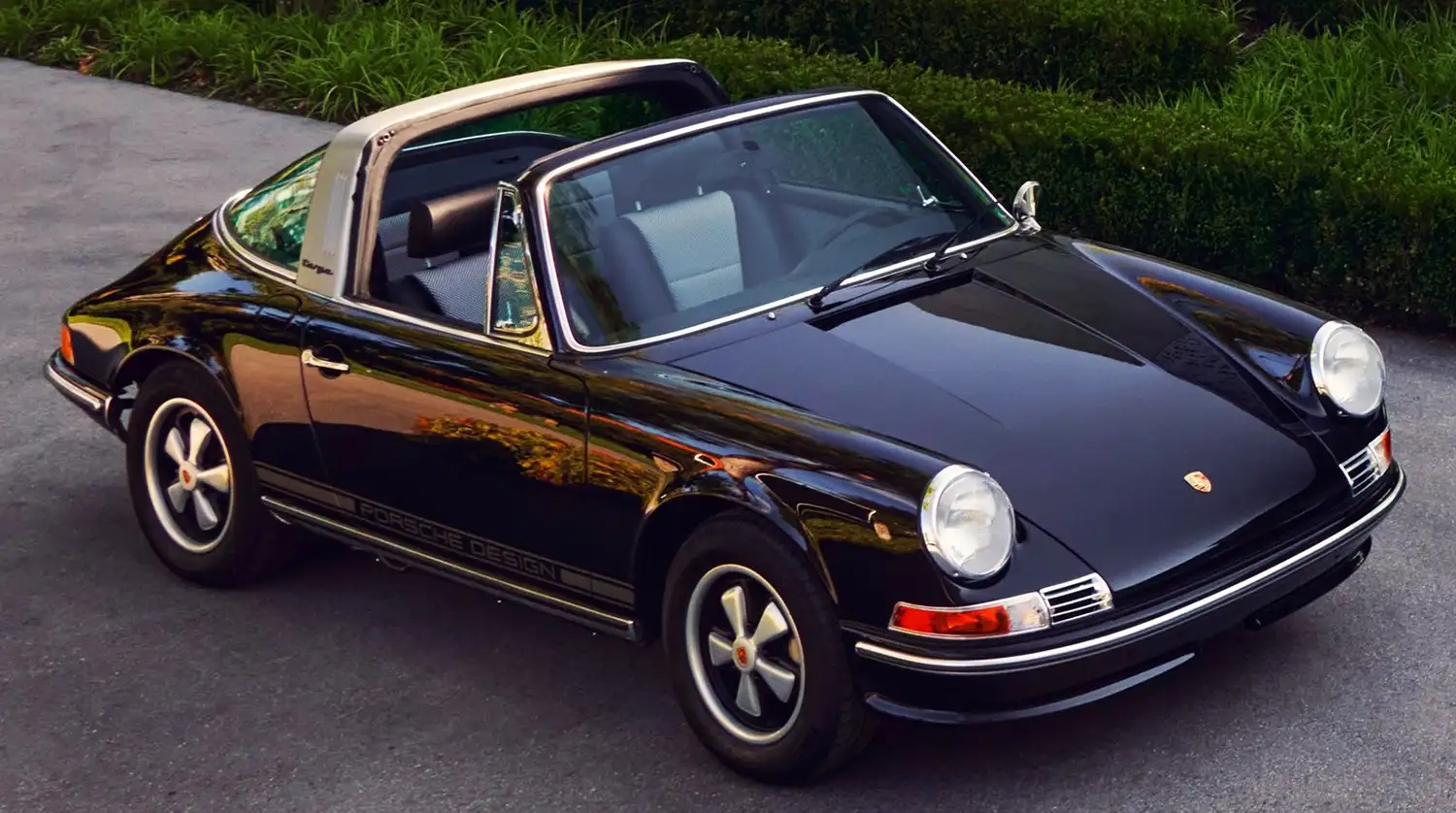
In addition to its classic yet unique lines, the Porsche 911 has always been distinguished by its advanced technology. Many of the ideas and technologies that made their debut in the Porsche 911 were conceived on the race track. The 911 was committed to the performance principle from the start, and motor racing is its most important test lab. From the very beginning it has been at home on circuits all over the world, earning a reputation as a versatile and dependable winner. Indeed, a good two thirds of Porsche’s race victories were notched up by the 911.
As the successor to the Porsche 356, the 911 won the hearts of sports car enthusiasts from the outset. The prototype was first unveiled at the Frankfurt IAA Motor Show in 1963 as the 901, and renamed the 911 for its market launch in 1964. Its air-cooled six-cylinder boxer engine delivered 130 hp, giving it an impressive top speed of 210 hp.
If you wanted to take things a little slower, starting in 1965 you could also opt for the four-cylinder Porsche 912. In 1966 Porsche presented the 160 hp 911 S, which was the first to feature forged alloy wheels from Fuchs. The 911 Targa, with its distinctive stainless steel roll bar, made its debut in late 1966 as the world’s first ever safety cabriolet. The semiautomatic Sportomatic four-speed transmission joined the lineup in 1967.
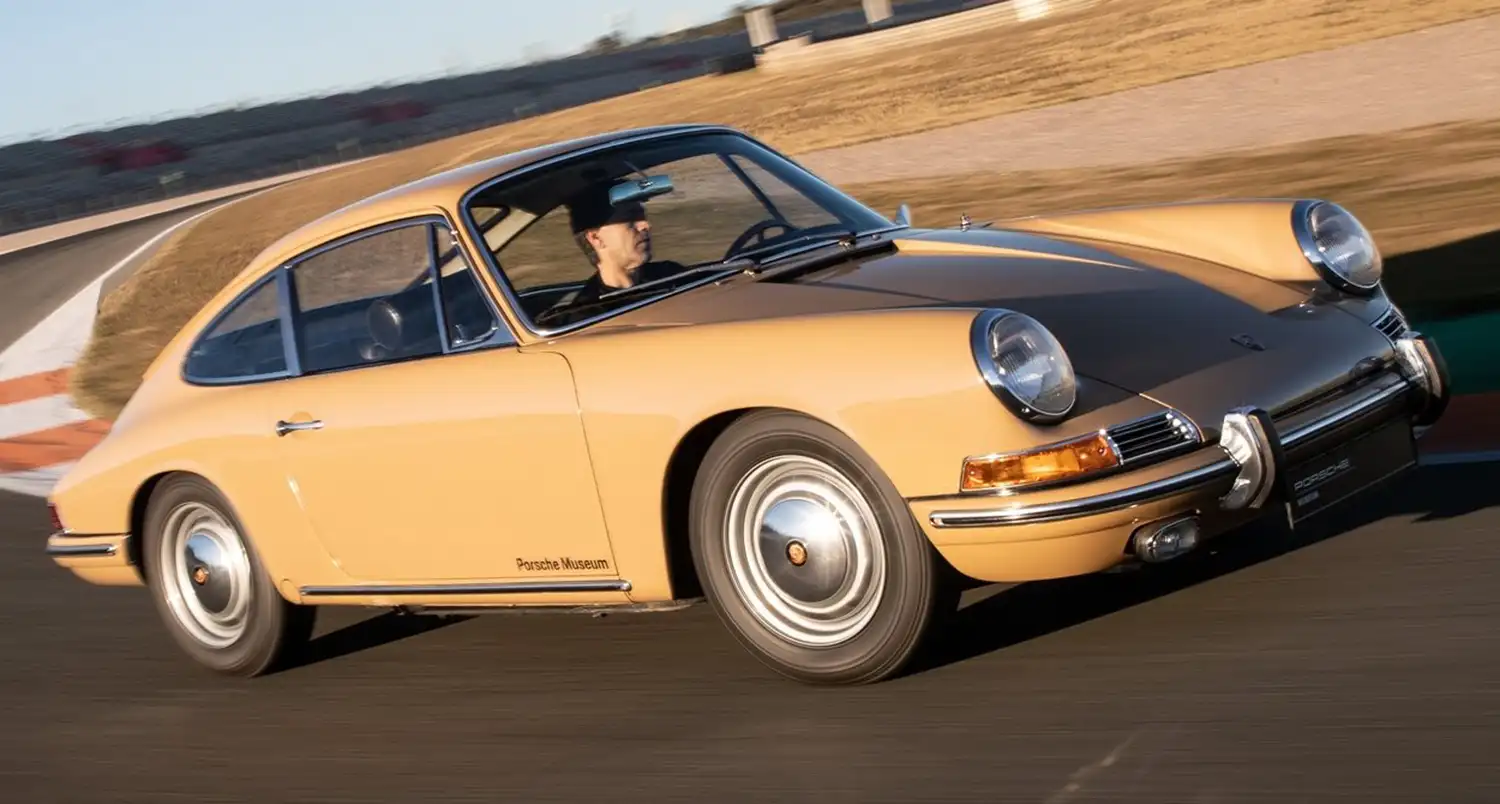
With the 911T of the same year, and the later E and S variants, Porsche became the first German manufacturer to comply with strict US exhaust emission control regulations. The Porsche 911 became more and more powerful as displacement increased, initially to 2.2 litres (1969) and later to 2.4 (1971). The 911 Carrera RS 2.7 of 1972 with 210 hp engine and weighing less than 1000 kg remains the epitome of a dream car to this day. Its characteristic “ducktail” was the world’s first rear spoiler on a production vehicle.
Certainly! Here’s a timeline covering the first generation of the Porsche 911, also known as the “Porsche 911 Classic” or “Porsche 911 Series 0,” which was produced from 1964 to 1989:
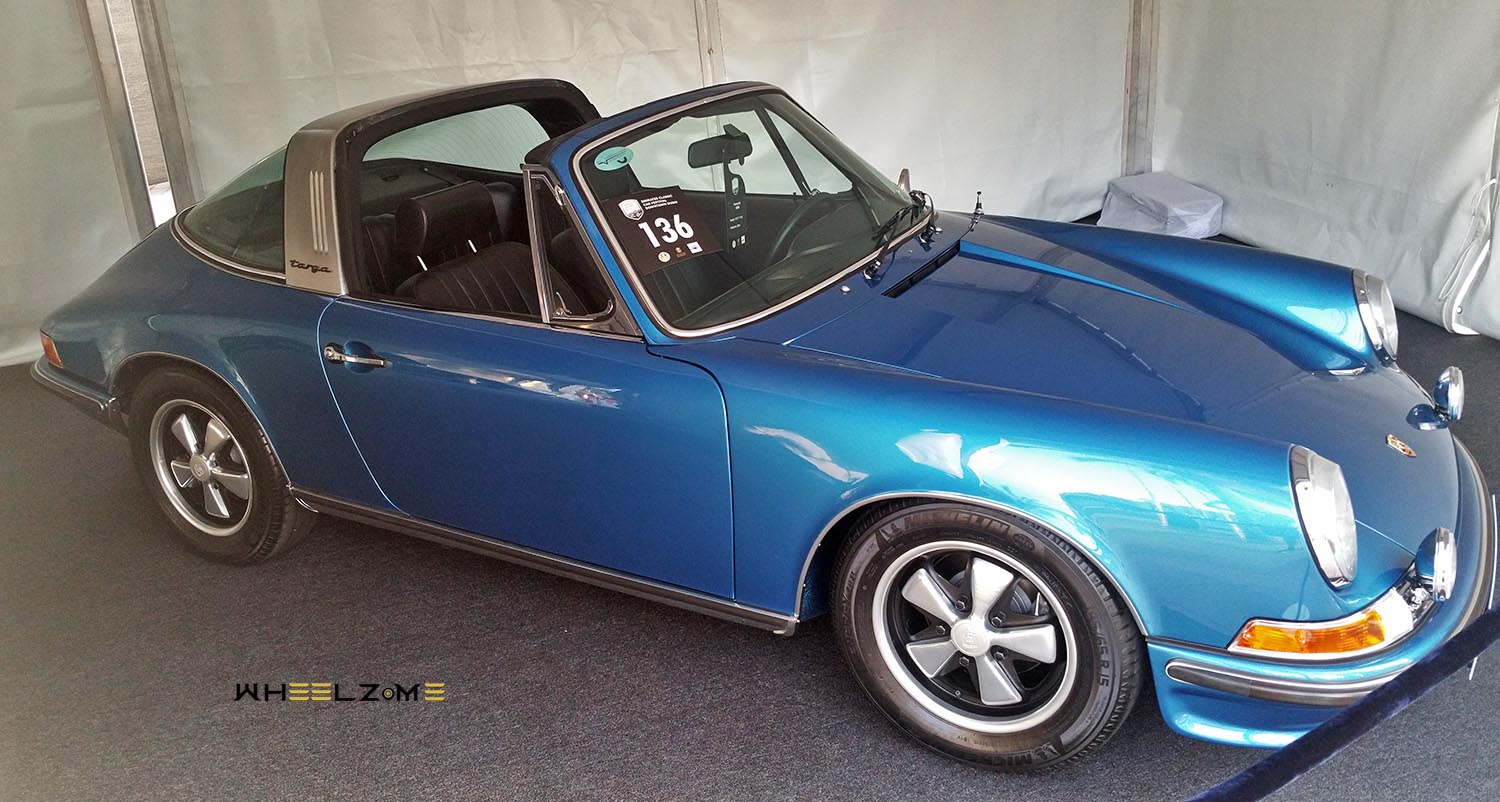
Porsche 911 First Generation (1964-1989) Timeline
1964: Introduction of the Porsche 911
- Model: Porsche 911 (901)
- Engine: 2.0L flat-six
- Power: 130 hp
- Transmission: 5-speed manual
The Porsche 911 made its debut at the Frankfurt Motor Show in September 1963 as the Porsche 901 but was renamed to 911 due to trademark issues. It featured a 2.0L flat-six engine and became an instant icon with its distinctive design and performance-oriented nature.
1965: Introduction of the Porsche 911 Targa
- Model: Porsche 911 Targa
- Design: Removable roof panel
- Transmission: 5-speed manual
The Porsche 911 Targa was introduced in 1965, featuring a removable roof panel and a unique roll bar design. The Targa name was inspired by the Targa Florio race and quickly became a popular choice among enthusiasts.
1966: Introduction of the Porsche 911S
- Model: Porsche 911S
- Engine: 2.0L flat-six
- Power: 160 hp
- Transmission: 5-speed manual
The Porsche 911S was introduced as a higher-performance variant, featuring a more powerful 2.0L flat-six engine and enhanced suspension and braking systems for improved performance and handling.
1969: Introduction of the Porsche 911E and 911T
- Model: Porsche 911E and 911T
- Engine: 2.0L and 2.2L flat-six
- Power: 140 hp (911E), 125 hp (911T)
- Transmission: 5-speed manual
The Porsche 911E and 911T were introduced to offer a broader range of options to consumers. The 911E featured a fuel-injected 2.0L engine, while the 911T came with a carbureted 2.2L engine.
1972: Introduction of the Porsche 911 Carrera RS
- Model: Porsche 911 Carrera RS
- Engine: 2.7L flat-six
- Power: 210 hp
- Transmission: 5-speed manual
The Porsche 911 Carrera RS was introduced as a homologation special for racing, featuring a 2.7L flat-six engine, lightweight body panels, and improved aerodynamics. It became an instant classic and is highly sought after by collectors today.
This article uses some info from Chatgpt
